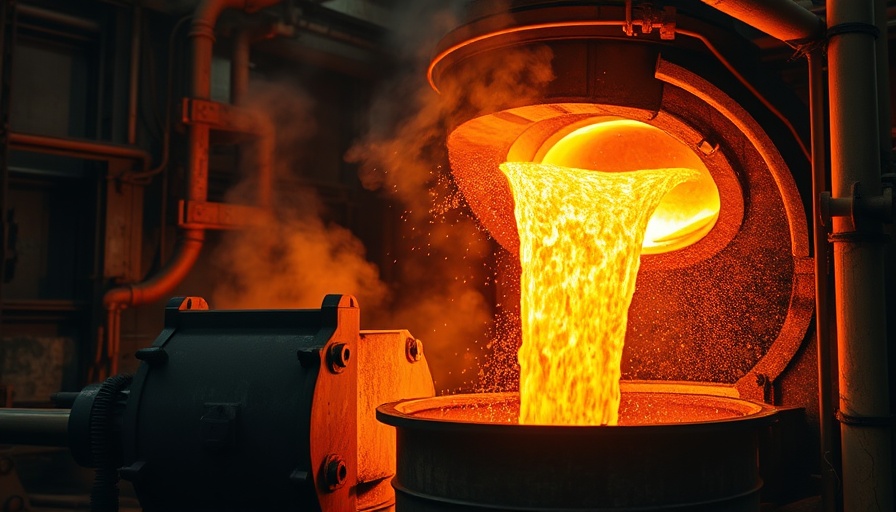
The Digital Path Towards Zero Emissions in UK Steel
The UK steel industry, a crucial sector for both the economy and environmental health, has been presented with a comprehensive digital roadmap aimed at achieving net zero emissions. Conducted by researchers at the University of Warwick, this study identifies significant challenges and actionable steps necessary for this transition.
Identifying the Barriers to Sustainable Steel Production
The study outlines a framework of 12 critical barriers impeding the adoption of Industrial Digital Technologies (IDTs) within the sector. These hurdles range from regulatory complexities to persistent skills shortages and uncertainties surrounding funding. Addressing these barriers is essential for the steel industry's progress towards more sustainable operations.
Connecting Technology and Policy for Progress
With steel production being notably energy-intensive and responsible for a substantial share of global CO₂ emissions, this digital roadmap does not only represent a shift in technology but indicates a much-needed blend of policy reform and technological innovation. Dr. Taofeeq Ibn-Mohammed, one of the study's authors, emphasizes that decision-makers can focus their efforts more effectively if they are armed with these targeted recommendations.
Collaboration at the Core of Transition Efforts
A key aspect of the roadmap is its emphasis on collaboration among various stakeholders, including policymakers, manufacturers, and digital technology providers. This multifaceted approach is being implemented not only within the steel sector but is also being expanded to other energy-intensive industries such as ceramics and glass, showcasing a broader commitment to sustainability across the UK.
A Bright Future: Insights for Financial Institutions
As financial institutions and service providers assess the implications of this research, they should consider the potential for investment in digital technologies that can facilitate sustainable practices. Funding initiatives directed toward the successful implementation of IDTs can foster a more competitive steel industry while addressing pressing environmental concerns. This roadmap is a beacon for driving meaningful progress toward a net-zero future.
Take Action for a Greener Tomorrow
Understanding the challenges and opportunities presented by this roadmap is vital for leaders in finance looking to invest in sustainable industries. By prioritizing investments in the technology that enables sustainability, financial institutions can play a pivotal role in supporting the steel sector's transition to net zero. Together, we grow these initiatives to create a robust framework for our industry's future.
 Add Row
Add Row  Add
Add 




Write A Comment